American "Turtle" T-28 (T-95)
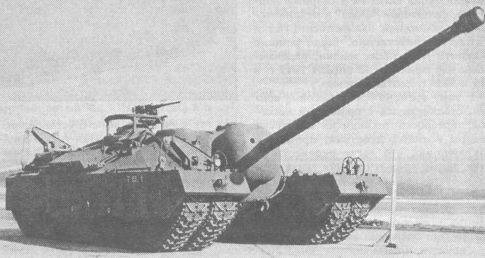
The project was supposed to create a squat, 6 turreted tank. At the same time, the 105-mm gun Т5Е1 was mounted in the front plate with pointing angles 10 °, and declination angles + 20-5 °. The crew of four people had to include the driver and the gunner, sitting in front of the left and right of the gun, respectively, the loader - from behind-the-left and the commander behind the gunner. The driver and the commander had at their disposal observant towers. A turret was mounted around the commander's turret under the Browning 12,7-mm machine gun. It could only be used by the commander, standing in the hatch, which allowed to consider the machine gun only as an auxiliary weapon, except for personal weapons crew members. The gunner had at his disposal a telescopic sight associated with the barrel of the gun, and a periscope sight mounted on the roof of the fighting compartment.
The chief of the 7 armament department in February 1945 r issued a memorandum proposing to change the name from T28 to “self-propelled” T95, taking into account the absence of the turret and weak auxiliary armament. By order of the 26898 OSM 8 March, 1945 g, this proposal was approved. Given the strain of the industry loaded with military orders, it turned out to be difficult to find power even for the manufacture of five machines. The project agreed to implement the Pacific Car and Foundary Company, and in May 1945 r she received project drawings, a description of the gun installation and a spring-loaded horizontal suspension. Immediately began the final refinement of the project. The first casting of the frontal part of the hull entered 20 June, and the hull welding was completed in August 1945.
After the end of the war in the Pacific, the number of prototypes was reduced in order to two. The first one was shipped to the Aberdeen 21 December December 1945 g, and the second 10 January 1946. The first car received the registration number 40226809 and was used for testing in Aberdeen, and the second N 40226810 was transferred to Fort Knox, and then Institute of Engineering in Yuma, Arizona, to test floating engineering bridges.
The T95 propulsion system was almost identical to the Pershing MNNXX installed on the tank, although the latter was twice as light. Considering the traction characteristics of the 26-strong Ford-GAF engine, the handling conditions and the transmission ratio, the speed was no higher than 500 km / h. It was actually recommended to move with a speed of no more than 12 km / h at 10 engine speed. The heavy weight of the machine made it necessary to pay special attention to reducing the specific pressure on the ground. The solution to this problem was achieved by installing two pairs of tracks - one pair on board. External tracks along with an onboard 2600-mm screen could be dismantled to move the tank on solid ground. The removed tracks were towed behind the self-propelled gun. Removing the external tracks reduced the width of the vehicle from 100 to 4,56. In Aberdeen, four crew members removed the external tracks from their first attempt in 3,15 hours, the same amount required for their installation. On the third attempt, both of these operations took 4 hours.
Heavy armored, with powerful armament self-propelled gun T95 did not fit into the concept of armored weapons of US Ground Forces. Thus, the tanks had to have a turret, and self-propelled guns were usually easily booked for maximum mobility. T95 did not fit either there or there. As a result, in June 1946 g, the name was again changed - the car became a heavy tank T28. They considered that powerful weapons and heavy armor are more suitable for a tank. Nevertheless, Т28 (Т95) continued its tests at the Aberdeen Proving Ground until the end of 1947 g - the survivability of parts and components was determined during the operation of such a heavy machine. Total 865 km "clogged on a caterpillar" km, including 205 km on roads and 660 km on virgin soil. Needless to say, this took quite a lot of time due to the low speed and little interest in the test program of the tank. The work was stopped due to the decision of the department of military policy to stop all work in the class 100-ton machines. One T28 (T95) is now on display in the Patton Museum collection in Fort Knox, Kentucky.
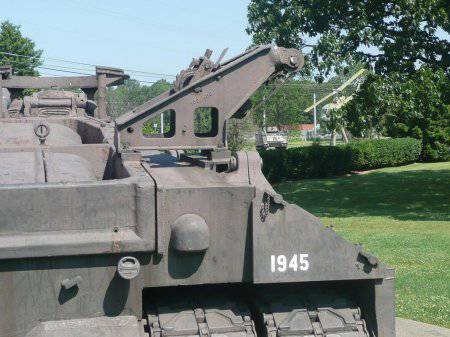
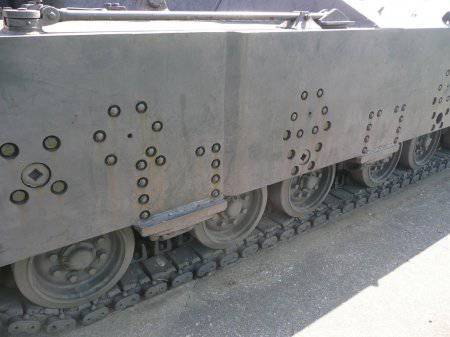
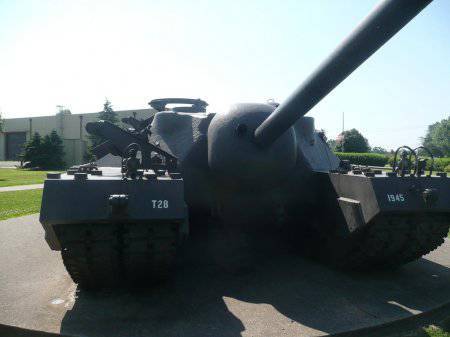
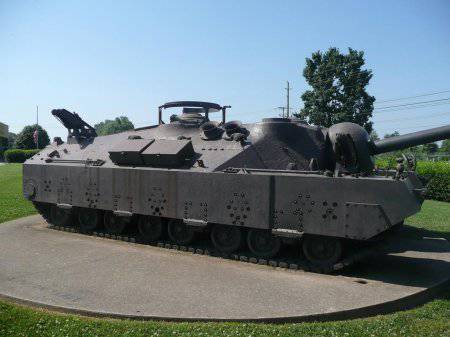
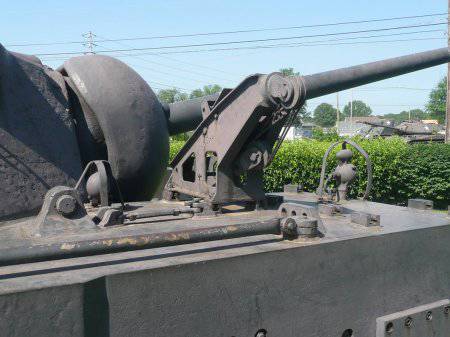
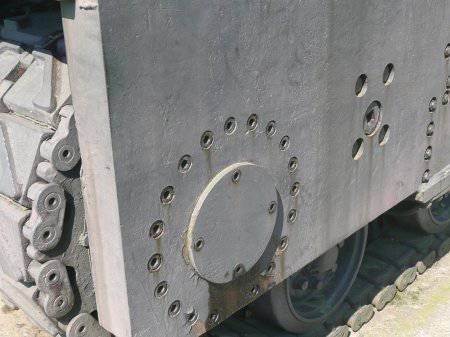
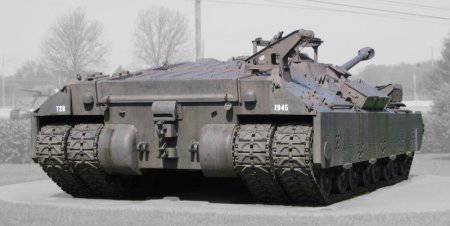
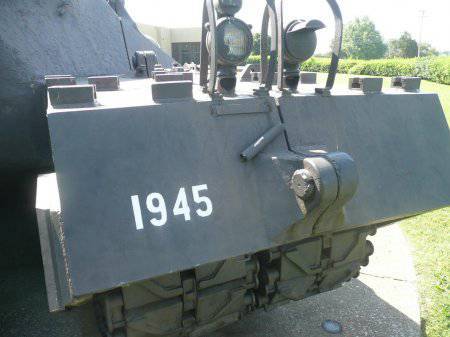
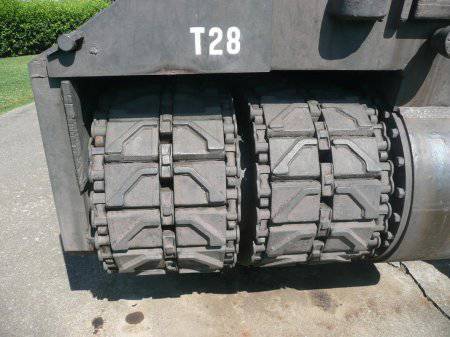
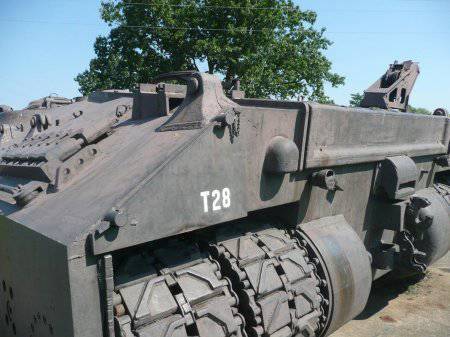
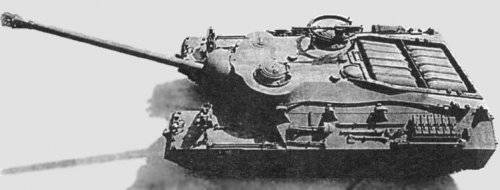

Information